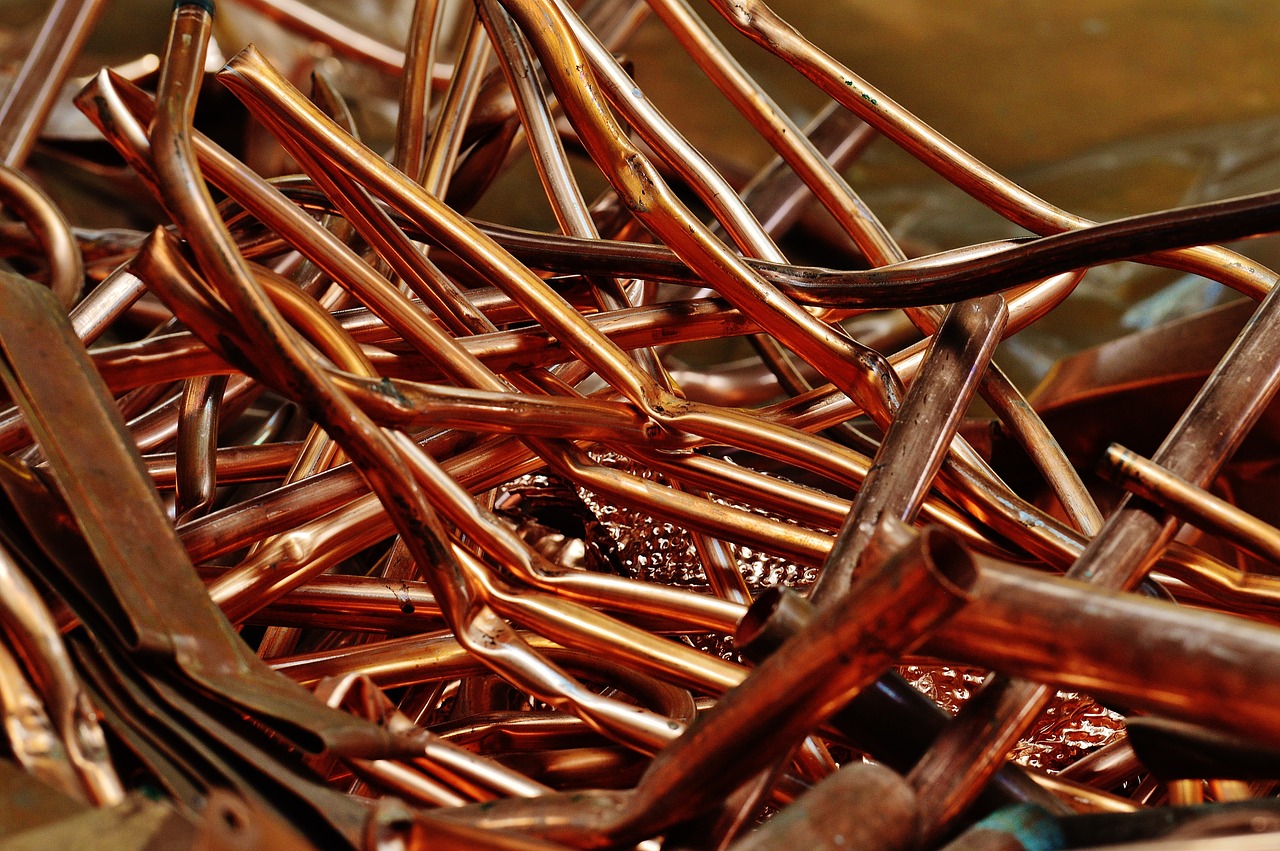
The base metals composite, consisting of LME copper, aluminum, nickel, lead, zinc, and tin three-month forwards, rose 6.45% in Q1 2025. COMEX copper futures moved significantly higher than the LME copper forwards in Q1. While the futures reached a new record high, the forwards remained below the 2024 all-time peak.
In my Q4 Barchart report on base metals, I concluded:
A weaker dollar, lower U.S. interest rates, and improvements in China’s economy would likely support base metals in 2025. Meanwhile, global inflationary pressures have increased production costs, which supports higher prices. However, tariffs, sanctions, and other trade barriers under the incoming Trump administration could exacerbate volatility in 2025.
Base metals were mostly higher in Q1, but prices declined in early Q2 as U.S. tariffs have lit a risk-off fuse.
Base metals inventories moved mostly lower in Q1- Bullish
Inventories on the London Metals Exchange can provide fundamental clues about the path of least resistance of base metals prices.

The chart shows substantial declines in Q1 copper, aluminum, zinc, and tin warehouse stocks. While lead inventories moved 4.84% lower, nickel stocks increased by 23.79%. Declining stocks are typically bullish for base metals prices, which rallied in Q1. While aluminum and zinc prices moved modestly lower, copper, nickel, lead, and tin prices increased, with tin and copper leading the way on the upside. Ironically, zinc stocks dropped the most, but the price led then LME metals on the downside with a 4.23% decline.
Copper- Tariffs cause a tale of two markets
Copper was a tale of two markets, as COMEX futures posted a 25.02% Q1 gain, while the LME three-month copper forwards moved only 10.74% higher.

The COMEX copper futures quarterly chart shows that the futures rallied to a new record $5.3740 per pound high in Q1. After settling at $5.0340 per pound on March 31, 2025, copper futures plunged by over $1 per pound from the Q1 record high in early Q2.

The LME three-month high-grade copper forward chart highlights that while the forwards traded over $10,000 in Q1 and settled at $9,710 per ton at the end of March, they remained below the 2024 all-time high of $11,104.50.
The potential for tariffs impacted copper’s price in the futures and forwards market. London is the home of the wholesale forward market, and the U.S. is home to the futures. Copper metal moved from Europe and other destinations to the U.S. in anticipation of tariffs. When the U.S. administration excluded copper from its tariffs, the price of red metal plunged in early Q2.
Aluminum and zinc declined
LME three-month zinc forwards posted the most significant Q1 decline, falling 4.23% despite experiencing a 41.17% stockpile decline. The official LME three-month zinc settlement price on March 31 was $2,852.50 per metric ton.
Aluminum three-month LME forwards slipped only 0.73% in Q1, settling at $2,533 per metric ton. Aluminum and zinc prices moved lower during the risk-off selling in early Q2.
Nickel, lead, and tin rally
LME three-month tin forwards posted the most impressive gain, moving 26.00% higher in Q1 to close March at $36,645 per ton. Tin is the most illiquid of the LME metals. Low liquidity tends to increase price volatility.
Three-month lead forwards rallied 3.07% in Q1, closing the quarter at $2,012 per ton. Meanwhile, the highly volatile three-month LME nickel forwards posted a 3.85% Q1 gain, moving to $15,918 per metric ton on March 31, 2025.
Risk-off selling in early Q2 pushed nickel, lead, and tin prices lower.
The outlook for Q2 and the performance of the DBB ETF
The Invesco DB Base Metals Fund ETF (DBB) has exposure to the three most liquid LME metals: copper, aluminum, and zinc. At $17.32 per share on April 9, DBB had over $102.7 million in assets under management. DBB trades an average of nearly 108,500 shares daily and charges a 0.77% management fee.

The monthly chart illustrates DBB’s 1.8% gain from $18.85 at the end of 2024 to $19.19 per share on March 31, 2025. DBB underperformed the base metals sector in Q1, which rose 6.45% because LME tin’s 26% rise was not included in the base metals ETF because of tin’s low liquidity. DBB has no exposure to tin, lead, or nickel prices.
Q2 began with a risk-off bang, sending metals prices substantially lower to levels that offer value. However, markets remain falling knives in early April, which requires caution. Chinese demand is critical for the path of least resistance of base metals prices when the current selling ends. I believe base metals will find higher lows and resume their upward trajectory over the coming weeks and months.







